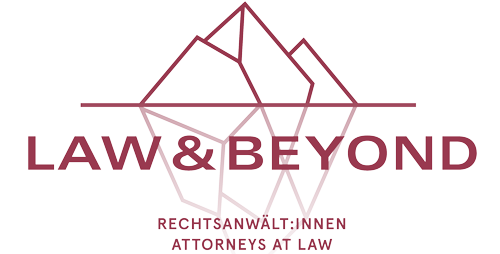Maintenance payments often lead to resentment and conflicts. This is already the case with child maintenance. For many people, however, paying maintenance for their own children is even easier to bear than for their ex-partner, who is no longer loved. Very roughly simplified, one can say that if there is an obligation to pay maintenance, someone who earns a lot also pays a lot. In the case of children, there is a cap with the sounding name “luxury or playboy-limit”. But what about ex-partners?
What is the playboy-limit or luxury Cap?
The amount of child maintenance to be paid depends on various factors. Among other things, the age of the children, their own income and the specific care of the children. In principle, the child maintenance to be paid is determined using the percentage method. Child maintenance is then owed between 16-22 per cent (depending on the age of the children) of the monthly net income. This would lead to very high maintenance payments for people with very high incomes. While it is also assumed that the children should participate in the (higher) standard of living of their parents, at the same time one would like to avoid over-alimentation, which is pedagogically not sensible. That is why there is the so-called “playboy-limit”, which is based on the standard need. According to case law, this luxury-limit is normally 2 or 2.5 times the standard need, depending on the age of the children (Österr. ARGE für Jugendwohlfahrt). However, this is not a rigid upper limit; the courts must nevertheless examine in each individual case when the harmful overalimentation begins.
Alimony after marriage?
Even if post-marital maintenance can be owed for different reasons: One is entitled to adequate post-marital maintenance primarily if a court finds that the higher-earning spouse is solely or predominantly to blame for the end of the marriage. If this is not the case, the needy, income-less spouse can be awarded so-called equitable maintenance, which is, however, small and only intended as a bridging aid. There are also other, no-fault constellations according to which post-marital maintenance must be paid. However, this maintenance is not as attractive as the fault-based maintenance because, on the one hand, the amount is lower and, on the other hand, it is usually limited in time.
If it can be proven in the divorce proceedings that the other person is at fault, however, this can result in a claim for appropriate maintenance after the divorce. The professional activity of the person receiving maintenance is also relevant here. Within reasonable limits, the person entitled to maintenance must also work after a divorce. The reasonableness is influenced by various factors. E.g. by education, previous employment, age, labour market situation, previous marital arrangements and also by care obligations. If, for example, the person entitled to maintenance has small children who are being cared for, it will not be reasonable to expect them to work themselves.
If the recipient of maintenance is not gainfully employed and there are no other care obligations on the part of the debtor, 33 per cent of the monthly net income is owed. If the maintenance recipient goes to work herself, 40 percent of the family income minus the maintenance recipient’s own income is owed. Maintenance payments can therefore be quite expensive. Post-marital maintenance is suspended during the period of cohabitation of the maintenance recipient and expires upon remarriage. This sometimes leads to heated arguments about whether the maintenance recipient is cohabiting or whether it is only a casual acquaintance. It is also exciting that the divorced ex-wife continues to participate in the professional success or failure of the maintenance debtor. This means that if the divorced wife, who is solely liable for maintenance and who is an assistant doctor at the time of the divorce, eventually rises to the position of primaria, the maintenance payments to the ex-husband may also increase accordingly.
Playboy-limit for ex-spouses?
As already explained, there is a cap on child maintenance for very high-earning maintenance debtors. This is for pedagogical reasons. In the case of ex-wives or ex-husbands, one might sometimes wish for such a cap or luxury-limit if one is already obliged to make maintenance payments. Especially because very high incomes can also lead to very high maintenance payments. Unlike with children, however, there is no such luxury or playboy-limit. Pedagogical or educational considerations are not appropriate for adults.
YOU MIGHT LIKE
Spousal support – the money after the divorce – Law & Beyond (lawandbeyond.at)
Post-marital maintenance? – Law & Beyond (lawandbeyond.at)
Child maintenance new spouses – Law & Beyond (lawandbeyond.at)

